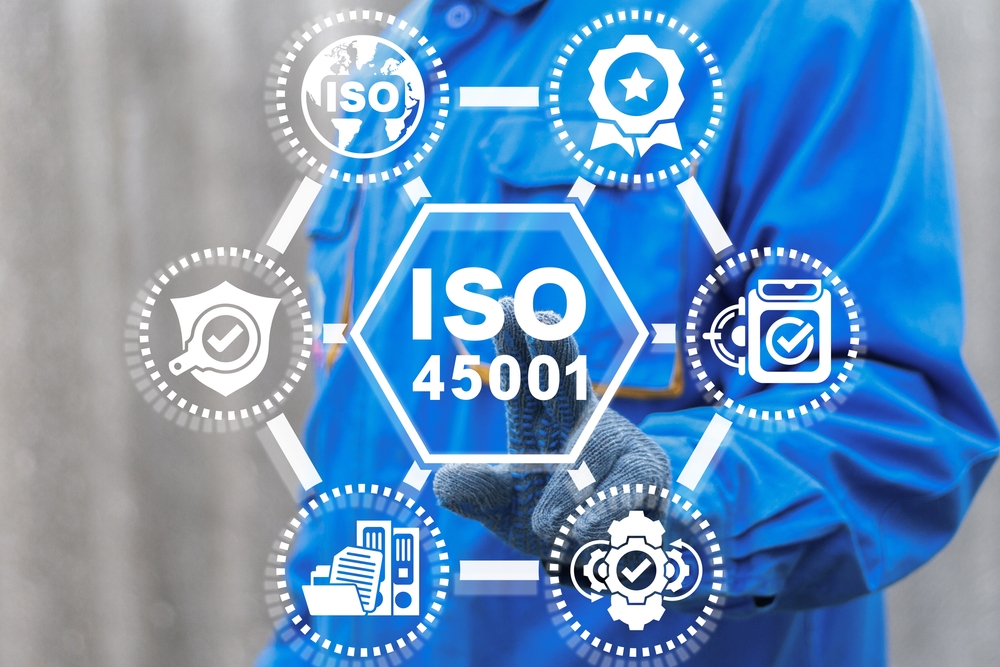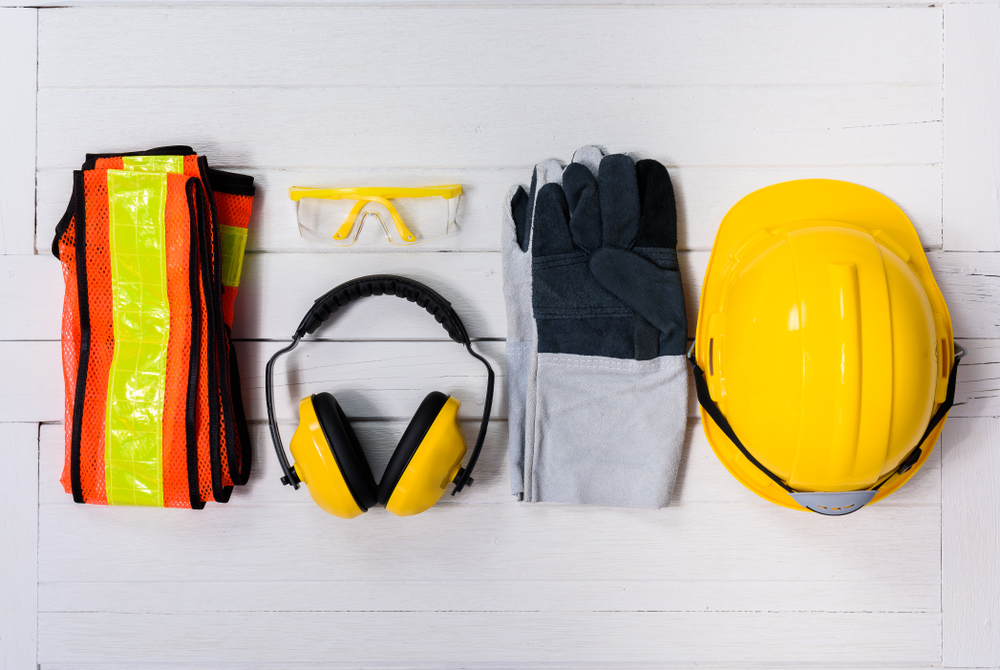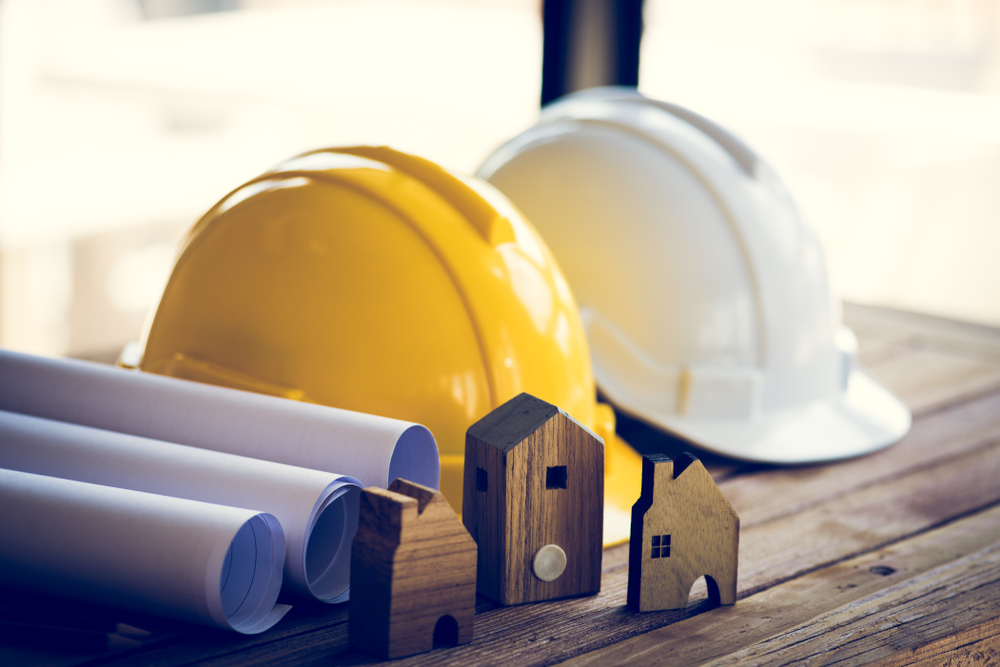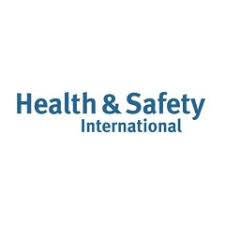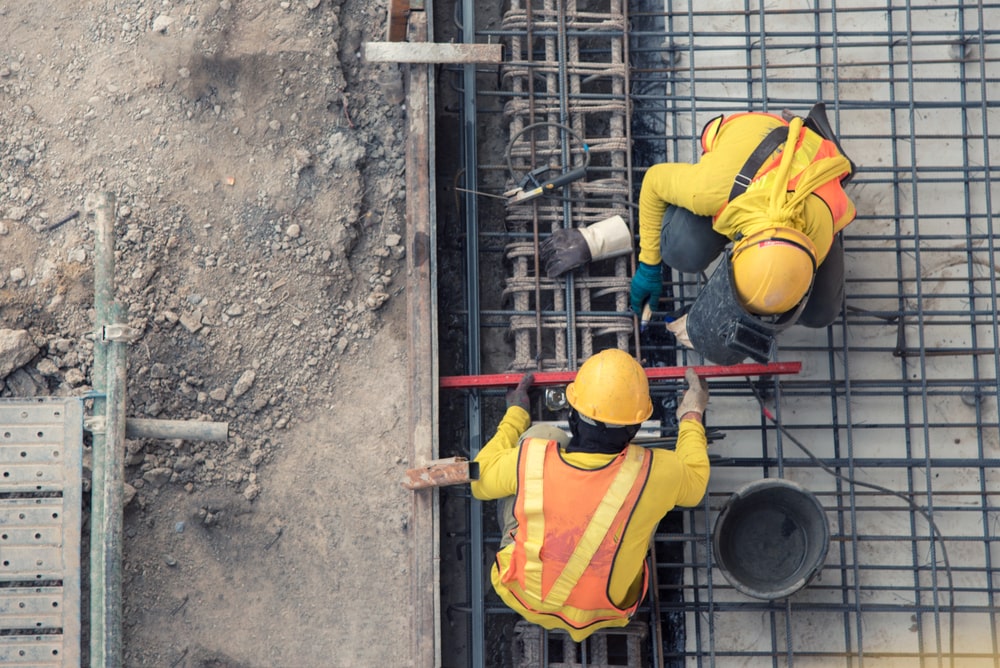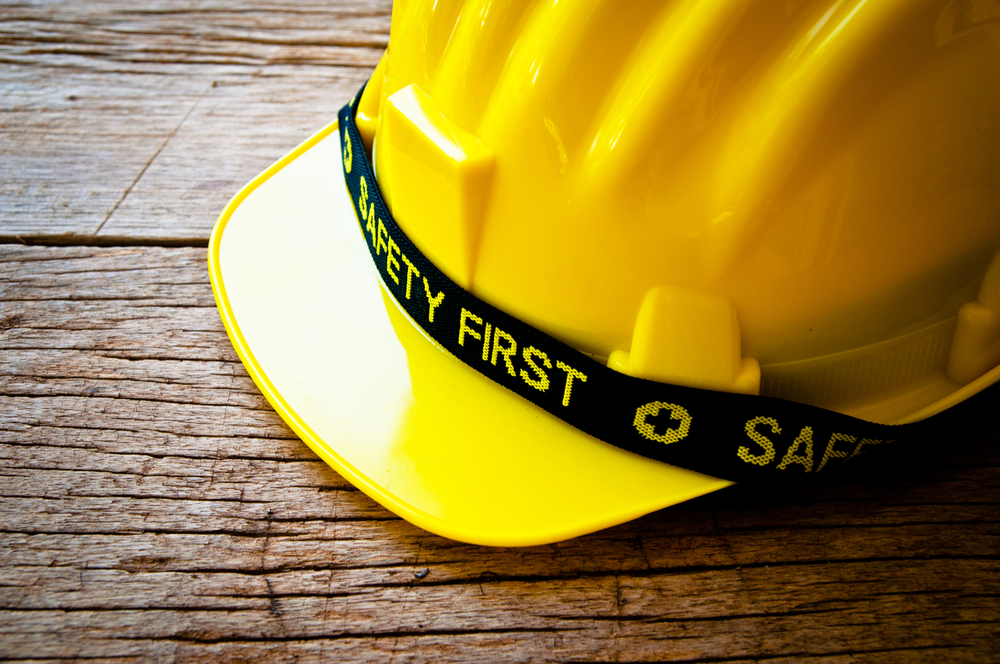News Post
Fire Safety and Fire Risk Assessment at Leased Offices and Buildings
Fire Safety and Fire Risk Assessment at Leased Offices and Buildings
Fire safety at leased single and multi- tenanted offices can be approached in a number of ways. Generally speaking, there are three types of premises, (single occupancy leased, multi-tenanted managed buildings and serviced offices).
Fire Safety in Single Occupancy leased buildings
These buildings are leased as a whole, and the tenant will generally be subject to a full repairing lease. This means that the tenant is responsible for the cost of all the repairs and maintenance of the property. They are also responsible for the cost of buildings insurance. In this instance, in terms of Fire Safety, the tenant is usually responsible for everything. This would generally include carrying out the fire risk assessment, servicing the fire alarm. The tenant would also be responsible for carrying out the weekly alarm tests and any fire drills throughout the year. The occupying business would also include providing the fire extinguishers and ensuring that they are serviced in line with BS5306 and also ensuring emergency lighting is serviced and inspected in line with BS5266 and ensuring that has a functional test on a monthly basis. All these things can be done in house or by a contractor. The tenant would be responsible for ensuring staff are trained in fire safety and that fire marshals or fire wardens are appointed to assist in an evacuation.
There may be other fire safety equipment that is part of the building structure that may need to be maintained and this may be part of the lease requirements as well. This could include sprinkler systems, Automatically Opening Vents (AOV), fire hoses and fire suppression systems.
All in all, in this type of building arrangement, the tenant is responsible for all fire safety requirements.
Fire Safety in Multi occupancy leased buildings
Multi occupancy leased offices generally tend to have less of a burden on the individual tenants than single occupancy leased buildings. These types of buildings, particularly high-rise city centre offices, tend to be managed by an agent or building management company on behalf of the landlord and have a coordinated and shared approach to fire safety. This means that fire safety management covers the whole building and the landlords’ agents will ensure that the fire safety controls are implemented, particularly in the common areas of the building. This generally means that the agent will ensure that the fire alarm is tested and serviced on a weekly and six-monthly/annual basis respectively in line with BS5839. They will also organise or carry out the servicing and inspection of emergency lighting. Agents will also carry out monthly functional testing of emergency lighting in the common areas and in some instances, this may also be done for the individual tenants. The agent will also be responsible for coordinating fire evacuations and periodic fire drills, but managing agents will also expect their tenants to have trained fire marshals within their workforce, in the majority of cases. Fire extinguishers in common areas are the responsibility of the managing agent, and the fire extinguishers in the tenants’ demise are usually the responsibility of the tenant.
In terms of fire risk assessment, the managing agent will arrange for a fire risk assessment of the common areas, and the building as a whole, but individual tenants would usually be expected to complete a fire risk assessment for the areas that they occupy. This is where coordination between the managing agent/landlord and tenant is important to ensure that all the relevant information is provided to the interested parties. Businesses should always check their lease to confirm what is done.
Where other fire safety equipment that is part of the building structure that may need to be maintained and this may be part of the lease requirements as well. This could include sprinkler systems, Automatically Opening Vents (AOV), fire hoses and fire suppression systems.
Serviced Offices
In serviced offices, where companies are renting a small office, or a number of desks, in the vast majority of fire safety management lies with the landlord. There is a requirement for all businesses to provide training on fire safety for employees under the Regulatory Reform (Fire Safety) Order 2005, The Fire Safety (Employees’ Capabilities) (England) Regulations 2010, and the Management of Health and Safety at Work Regulations 1999, so all business should ensure that staff are given an appropriate level of fire safety training.
If you need further advice on fire safety management or need a Fire Risk Assessment, please get in touch via office@smseurope.co.uk or call 0845 224 0028
Latest News
Health and Safety in Schools Checklist
Health and safety should be a top priority in any workplace, but especially in schools. Not only are you responsible for your staff’s safety, but you need to maintain the welfare of your pupils too. To do so, you must uphold your legal complian..
It can be difficult to decide your future path - a lot can ride on it, after all - but a career in health and safety could be the right choice for you. There are several types of careers in the health and safety industry that might be a good fit..
What is ISO 45001?
If you’re wondering what ISO 45001 is, then this is the guide for you. Replacing the old OHSAS 18001 standard, ISO 45001 is the new international standard for occupational health and safety management. In this guide, we'l..
Who Enforces Health and Safety?
The enforcement of health and safety is crucial to maintain healthy workplaces. The term health and safety itself covers the safety legislation and safety law that comes under the Health and Safety at Work Act 1974. In general, this means t..
Health and safety training is a requirement in the workplace, no matter which sector you work in. Our experts at SMS Europe have been providing an extensive range of specialist health and safety services for almost 20 years. To help make work en..
Health and safety in the workplace is all about controlling risks in a way that protects both your employees and your company. Strong leadership, including your employees, managers, suppliers, contractors, and consumers, is a characteristic of great ..
Health and safety in the workplace is immeasurably important. But, without the Health and Safety at Work Act of 1974, we might have never prized safety so highly. This piece of workplace legislation is highly significant and indeed has transform..
Fire Safety and Fire Risk Assessment at Leased Offices and Buildings Fire safety at leased single and multi- tenanted offices can be approached in a number of ways. Generally speaking, there are three types of premises, (single occupancy lea..
Safety Gloves
Please have a read at SMSE Managing Director Philip Marsden's article on Safety Gloves which is published in the February 2022 edition of Health and Safety International Magazine. https://www.hsimagazine.com/article/fits-like-a-glove/ We wo..
Current Health and Safety Industry Trends
New Guidance Released for Managing Home Workers As an employer, you have the same health and safety responsibilities for those who work from home as you do for all other employees who may work from the workplace. In most cases, the dange..
Who Is Responsible for the Health and Safety on a Building Site? Legally, the responsibility of health and safety within the business lies with the employer. It is up to them to make sure the environment meets the necessary health and safety requi..
No one wants to be injured whilst at work, and no one wants their staff to be injured, especially whilst on the job. That doesn’t mean that accidents don’t happen. In fact, each year an average of 22 manufacturing workers die in workplace..



